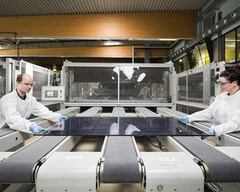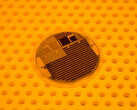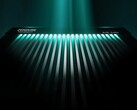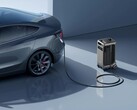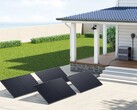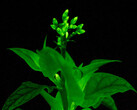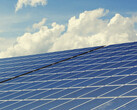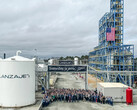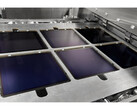Renewable energy has a key role to play in achieving climate change targets. This is why the promotion and development of new technologies is so important. The development of solar cells and panels and the improvement of their efficiency is the focus of much research. Recent years and months have seen significant breakthroughs in the optimisation of perovskite solar panels.
In January, Oxford PV announced that its solar modules had achieved efficiencies of 25 %. The combination of conventional silicon cells with perovskite materials in a tandem process, in which the different components are layered on top of each other like a sandwich, is of particular interest to PV module manufacturers. This is because the two materials absorb different wavelengths of sunlight and can therefore achieve higher efficiencies. Perovskite is also cost effective.
High sensitivity to heat, humidity and light
However, the new class of materials also poses some challenges, as perovskite is very sensitive to high temperatures, bright light and moisture, which is why it breaks down quickly under these influences - at least that was the case in the early days of perovskite research, as researchers have since been able to significantly improve its durability, although it is still not ideal.
Oxford PV's CTO Chris Case explains that outdoor tests have shown that the panels only lose about 1 % of their power in the first year of operation, after which the rate slows down. In contrast, a study showed that perovskite cells in hot and humid Saudi Arabia lost 20 % of their efficiency after one year of operation. It is also questionable whether the same tests that have been used for years for silicon cells are suitable for perovskite cells.
Another promising test aims to mimic several months of outdoor use and provide a reliable prediction of real-world performance by testing perovskite cells under extreme conditions, such as particularly high temperatures and brightness, for several weeks.
But how do you test how well the material will hold up over several decades? Conventional solar panels are guaranteed to perform for around 25, sometimes 30 years. But with the urgency of climate change acceleration, we don't have that much time to test new materials over such long periods. Nevertheless, some companies are announcing that they will launch the new modules this year. We will see how they hold up in the harsh conditions of everyday life.




